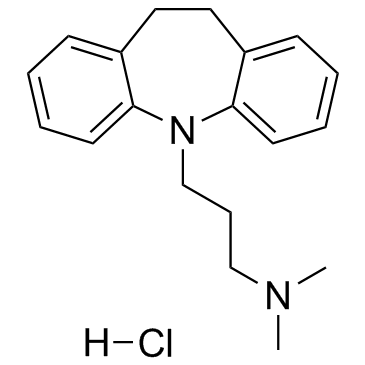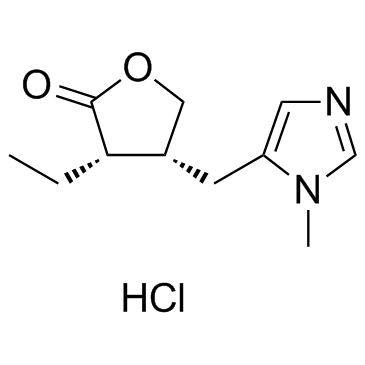| Structure | Name/CAS No. | Articles |
|---|---|---|
 |
sucrose
CAS:57-50-1 |
|
 |
Chloral hydrate
CAS:302-17-0 |
|
 |
Fluoxetine Hydrochloride
CAS:56296-78-7 |
|
 |
Saccharin
CAS:81-07-2 |
|
 |
Imipramine hydrochloride
CAS:113-52-0 |
|
 |
Pilocarpine Hydrochloride
CAS:54-71-7 |